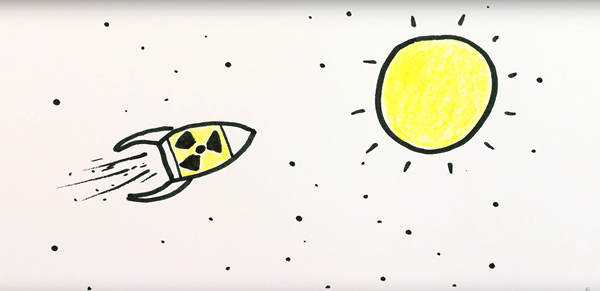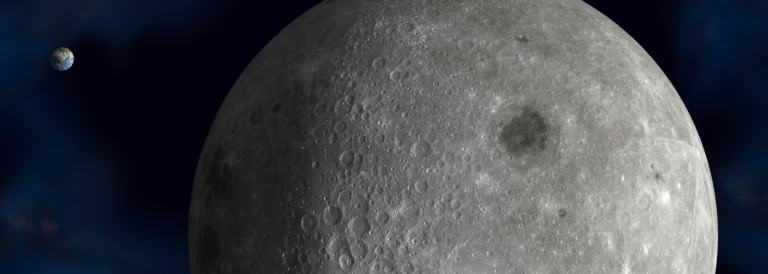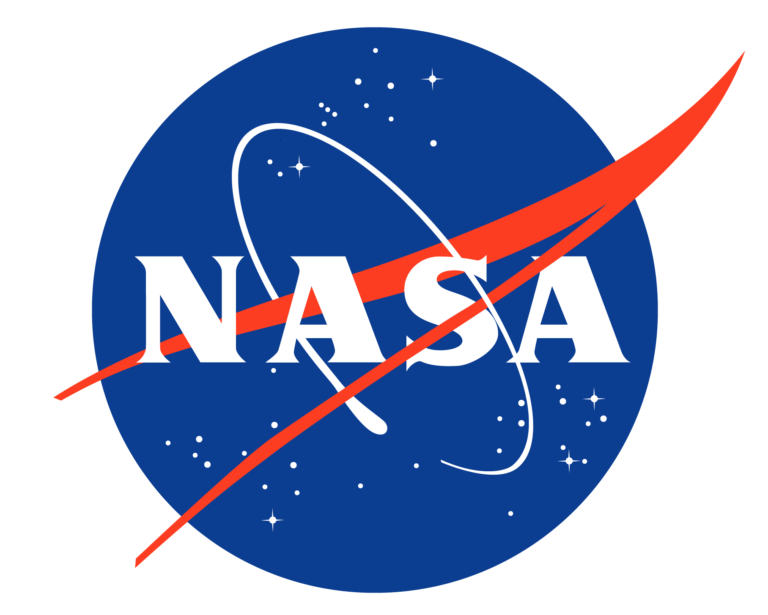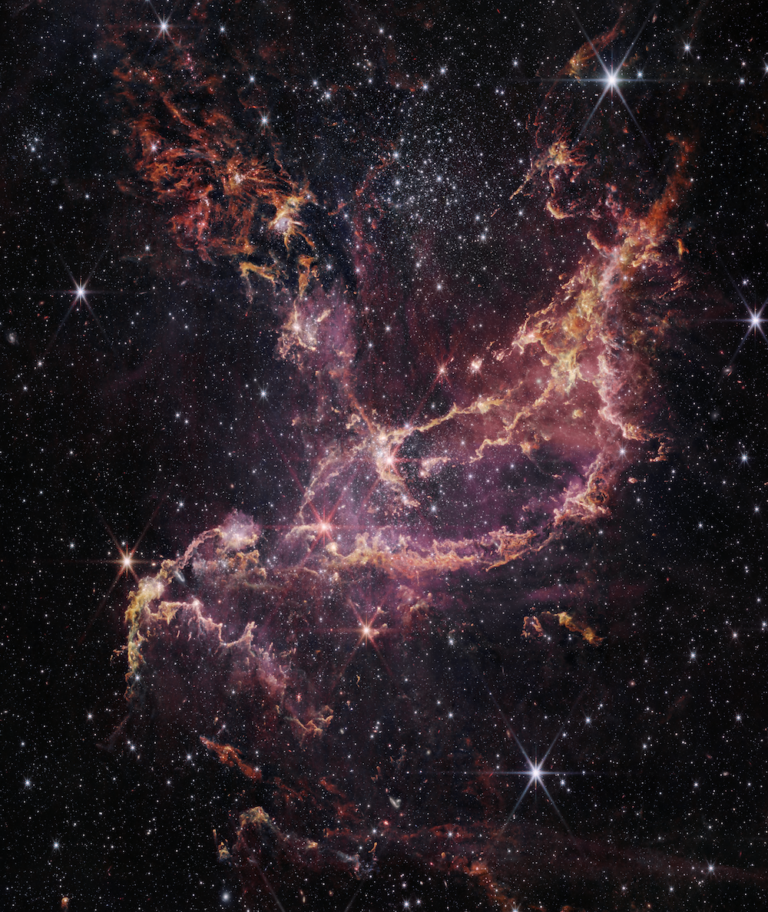In Superman IV: The Quest for Peace, the Man of Steel rounds up all the world’s nukes and throws them into the sun.
It’s a nice idea — and indeed every few years someone suggests throwing all our garbage in there — but there’s one problem: orbital mechanics.
As seen in this video from Minute Physics, the amount of delta-v requirements (a.k.a. the amount of thrust that could enable it) is prohibitive because of the immense gravity in the Sun. Indeed, as the video points out, it’s easier to leave the solar system than hurl things into the sun. And indeed, the closer you are to the Sun, the harder it is.
We’ve only sent one space probe near the Sun, when NASA and ESA launched Ulysses in 1990. To get to the Sun, they sent the probe to Jupiter in order to slingshot it into a few polar flybys of the Sun, each spaced out by about six years. As the video mentions, Solar Probe Plus, a NASA probe that will closely approach the outer layers of the sun, will use multiple flybys of Venus in order to change the closest approach of the probe to the Sun in order to enter the right orbit.
Solar Probe Plus weighs 610 kg, or about 1,345 lbs. It needs a $375 million, 733,000 kg (1,616,000 lb) launch vehicle to get it out of Earth and into the right position at Venus to get within 6,000,000 km (3,700,000 mi) of the Sun — let alone whatever extreme requirements would be needed to fall into it.
The largest bomb ever was the Tsar Bomba, which weighed in at 27,000 kilograms (60,000 lb). You’d need more than a Delta IV rocket to launch something like that into the Sun.










